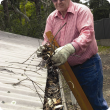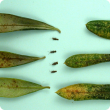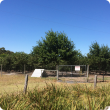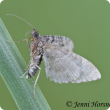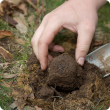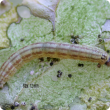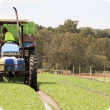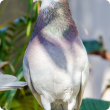Filter by regions:
- (-) Remove Great Southern filter Great Southern
- South West (333) Apply South West filter
- Mid West (315) Apply Mid West filter
- Peel (298) Apply Peel filter
- Wheatbelt (294) Apply Wheatbelt filter
- Perth regions (268) Apply Perth regions filter
- Goldfields-Esperance (259) Apply Goldfields-Esperance filter
- Gascoyne (209) Apply Gascoyne filter
- Kimberley (170) Apply Kimberley filter
- Pilbara (164) Apply Pilbara filter

